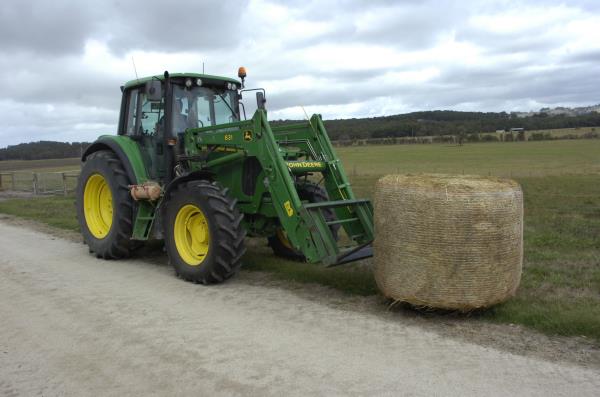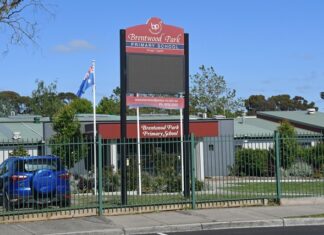By DANNY BUTTLER
PLANNING is an essential component of dairy farming, and in testing conditions it becomes even more important.
So what can farmers plan for and execute, to help reduce the risk of running short on forage this summer?
To get the best value from pasture, it is necessary to follow grazing management guidelines.
By ensuring no over-grazing through winter, pasture growth will ‘take off’ earlier in spring.
Applying nitrogen fertiliser during late winter and spring can boost pasture production significantly, offering a good economic response.
As a true pasture surplus begins to appear, conserve it as silage.
The ability to get machinery onto dry paddocks earlier in the season provides an opportunity to conserve higher quality silage.
Yields per cut will be lower, but pasture regrowth and density from these earlier cut paddocks will be far greater, providing an opportunity for a second high quality cut or grazing.
You have also locked away a good quality feed source for the summer (or autumn) ahead.
Summer crops can utilise limited soil moisture and effluent more efficiently than pasture paddocks.
Identify your poorer performing paddocks and aim to get the crop in as early as possible.
Don’t be afraid to forego some surplus spring pasture if it means the crop can get an early start.
If sowing a brassica, early maturing varieties will be less vulnerable to an early spring cut-off.
A weed-free seed bed with adequate moisture and seed-soil contact is vital to ensure a good strike of the newly sown crop.
Limit competition by ensuring a good kill of existing pasture/weeds.
Sowing seed with Di-ammonium Phosphate (DAP) up to 120 kg/ha will give the seed every opportunity to germinate quickly and strongly, developing a sturdy root system and thus delaying the onset of moisture stress.
If you know you will ultimately have to buy in feeds, speak with your supplier now and aim to lock in high quality feed at a sustainable price.






